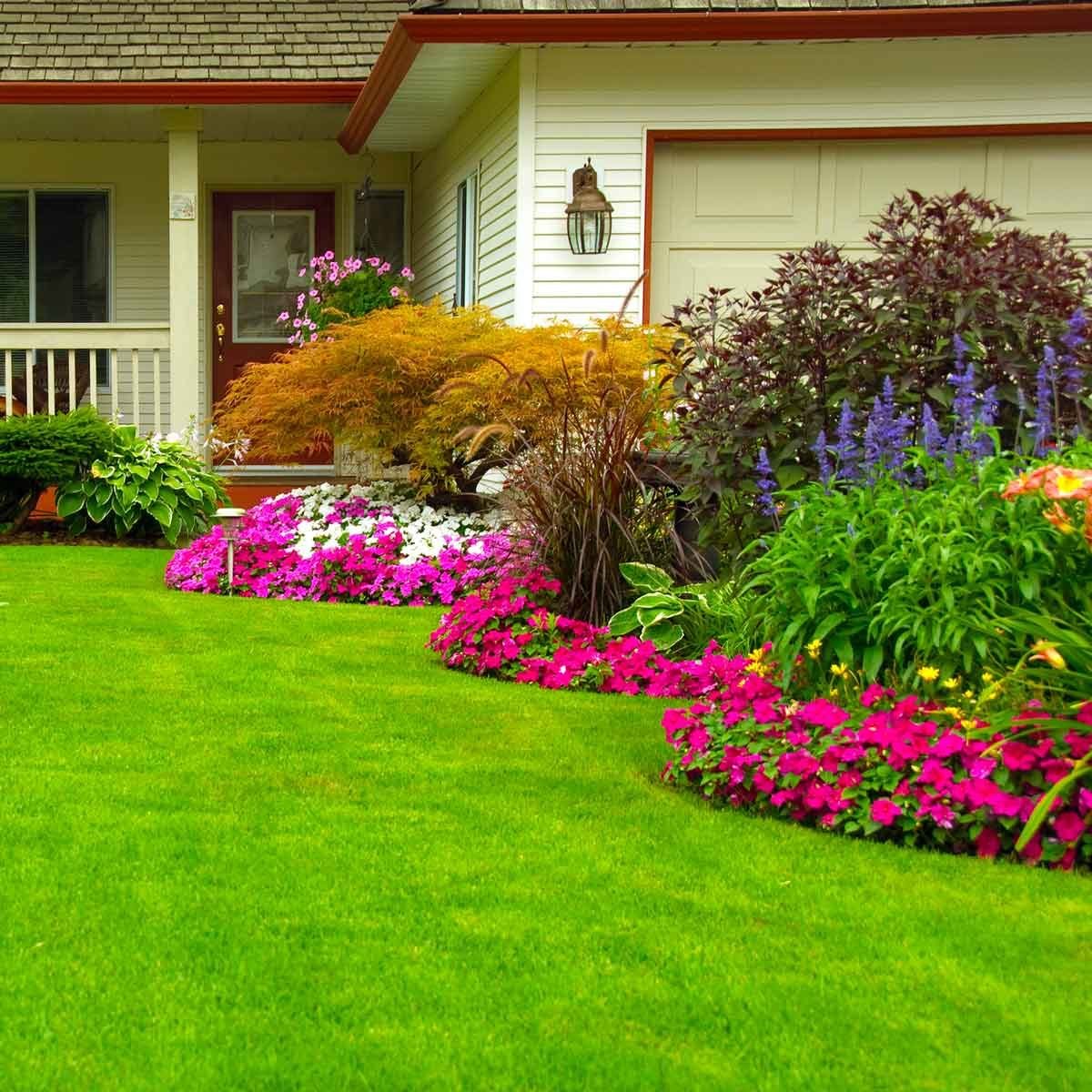Nature's Color Palette: Creative Approaches to Land Design

Garden design is an art form that combines the aesthetics of nature with the imagination of human creativity. As we more and more value external environments that provide peacefulness and connection to the surroundings, new landscape design becomes vital. Whether landscape designer Fort Myers have a large backyard or a modest front yard, there are myriad ways to convert your exterior areas into gorgeous retreats that showcase your personal style.
In this article, we will investigate a variety of creative approaches to garden design, offering inspiration and practical tips. From entry-level ideas for simple landscaping to advanced concepts that include hardscaping and eco-friendly practices, we will show you through the top trends and key strategies for creating lovely, practical outdoor spaces. Join us as we delve into the realm of the natural palette, where your landscape can truly become vibrant.
Cutting-edge Landscape Design Ideas
Revamping your landscape space can be an exciting venture, especially with fresh landscape planning ideas that enhance beauty and practicality. One method is to include modern water features like smooth fountains or organic ponds that can function as highlights. These elements not only enhance visual interest but also create tranquil noises that enhance relaxation in your backyard. Combining these water installations with thoughtfully arranged furniture can create an pleasant atmosphere for entertaining or relaxing after a long workday.
Another imaginative idea is the use of non-plant elements to shape your landscape's design. Using trails with various substances such as rocks, stone, or tiles can add intrigue and guide viewers through your garden. Architectural elements such as canopies or arbors can also function dual purposes: giving shade while complementing your landscape's design. This interplay between structural elements and plant life can create a balanced and unified garden environment that feels both welcoming and skillfully crafted.
Integrating native plants into your planting scheme is both progressive and sustainable. These species are suited to your environment and ground characteristics, requiring less moisture and care than non-natives. By creating a landscape that features indigenous species, you not only support ecological diversity but also create a stunning aesthetic showcase that transforms with the year. This approach allows you to cultivate a bond with the natural environment while maintaining your landscape planning remains low-maintenance and eco-conscious.
Practical Tips for All Homeowner
As you embark on a landscape design project, it is essential to understand your land and its potential. Begin by assessing your landscape’s sunlight, soil type, and drainage. Considering these aspects will aid you pick the best plants and layout. Additionally, reflect on how you wish to employ the space: hosting guests, gardening, or simply relaxing. This insight will inform your design choices and make certain you create a usable outdoor area that satisfies your needs.
Budgeting is another key element of landscape design. You shouldn't go over budget to attain breathtaking results. Prioritize your projects and focus on high-impact areas at the outset. For instance, adding a few hardy plants or a small hardscape feature can significantly uplift your landscape. Capitalize on discounts during seasons and explore DIY projects if feasible. This strategy not only preserves money but also adds the personal touch in your outdoor space.
Lastly, maintenance should be a factor from the beginning. Opt for low-maintenance plants and sustainable practices that conserve time and materials. Including native plants will also lower upkeep but also benefit local wildlife and ecosystems. Take note, a well-designed landscape should be pleasurable and manageable, allowing you to devote more time appreciating your outdoor haven instead of maintaining it.
Eco-Friendly and Green Approaches
Incorporating sustainable approaches into landscaping not only benefits the ecosystem but also creates beautiful, thriving outdoor spaces. One of the main components is the use of native plants, which are well-suited to the regional climate and soil types. They require lower amounts of water, fertilizers, and pesticides, making them a minimal-care and environmentally-friendly choice. Additionally, native plants benefit local wildlife, offering essential homes and food sources for pollinators and various beneficial species.
A further vital component of eco-friendly landscaping is the implementation of hardscaping elements that promote sustainability. Using porous materials for patios and walkways allows for improved water drainage and reduces runoff, which helps recharge groundwater supplies. Furthermore, incorporating water features such as rain gardens or ponds can manage stormwater effectively while enhancing the visual beauty of the landscape. These features can also support diverse ecosystems, promoting a connection between your yard and the surrounding environment.

Lastly, integrating edible landscapes presents a distinct opportunity to promote sustainability. Creating your garden to include fruit trees, vegetable patches, and herbs not only provides fresh produce but also reduces the carbon footprint linked to transporting food. Creating a space where one can grow their own food promotes a self-sustaining lifestyle while enriching the landscape's aesthetic and productivity. By focusing on these eco-friendly practices, homeowners can develop inviting outdoor spaces that are both functional and environmentally responsible.
